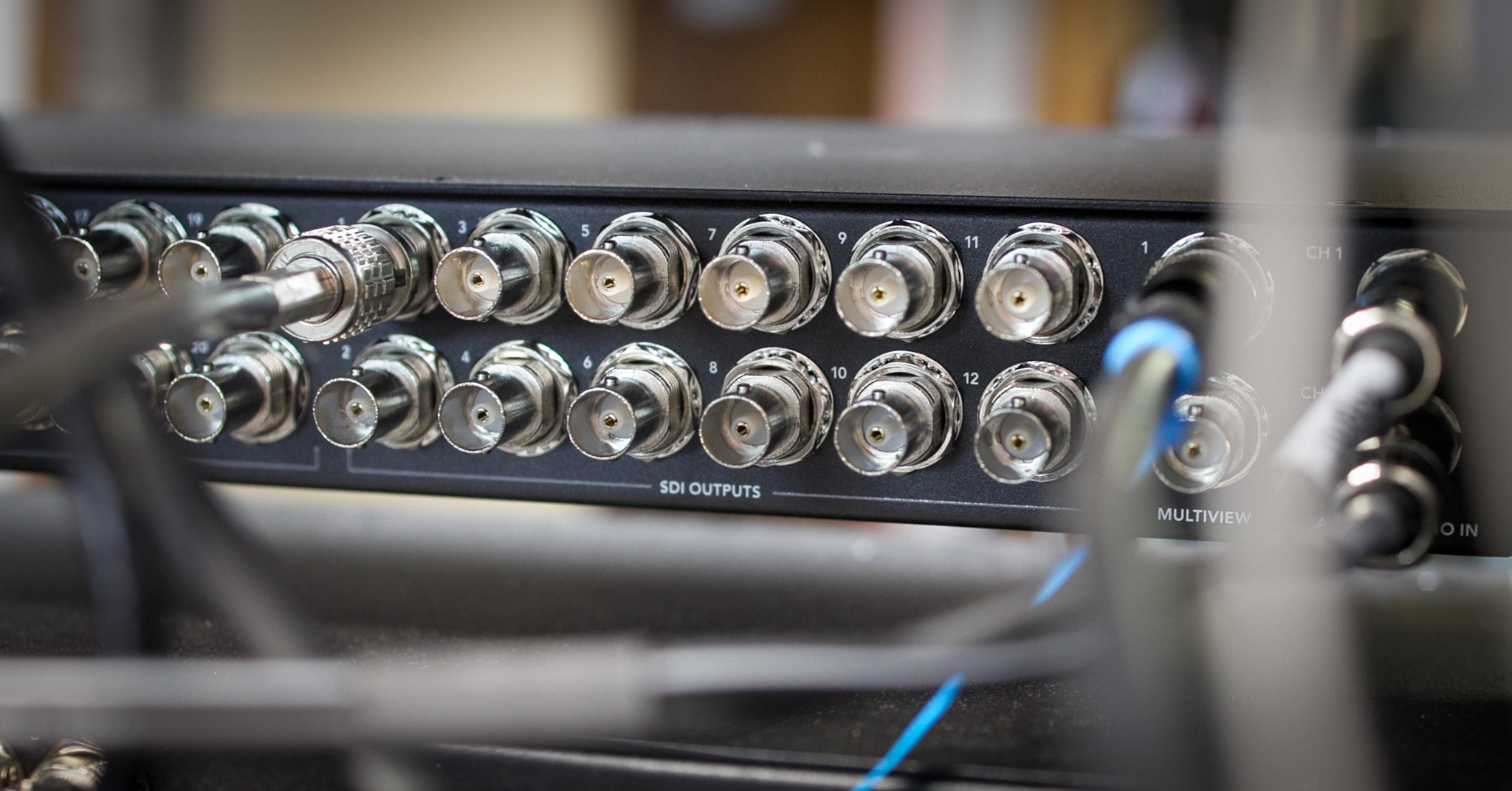VIDEO
Products
Streaming
Deliver flawless live video to any audience, anywhere
OTT Apps
Launch and monetize your own branded TV & mobile apps
Spark Encoder
Tap into hardware encoding that's compact and powerful
Broadcaster App
Go live straight from your phone or tablet with studio-quality control
Features
BoxCast Flow
Ensures smooth playback even on shaky networks
Sharing
Instantly clip, share, and amplify your broadcasts
Producer
Create professional streams right from your browser
Third-Party Encoders
Use the gear you love with our support of RTMP and SRT
AUDIO
RemoteMix
Mix live audio remotely from anywhere in the world
Compatible Mixers
Connect your favorite digital mixer to RemoteMix
INDUSTRIES
House of Worship
Reach and engage your congregation wherever they worship
Sports
Stream games with professional quality for fans everywhere
Local Government
Bring transparency and connection to your community broadcasts
Business
Power your corporate events, webinars, and live streams
LEARN
Blog
Insights, trends, and tips for the audio/video community
Tech Tips
Quick how-tos and deep dives on the latest streaming technology
Guides
Essential tips and expert strategies to expand your reach
Newsletter
Stay up to date with product news, best practices, and more
Podcast
Hear stories and strategies from our customers and experts
DISCOVER
Customer Stories
Explore real-world success stories to inspire your organization
Events
Join us at an upcoming conference and meet with our team
Webinars
Get all the details and register for our next live webinar
About Us
Discover our company's mission, values, and team story

BoxCast Team • March 21, 2019
Ever wondered what the numbers 3G, 6G, and 12G mean in the context of SDI signals? If you're new to video production, these terms might seem a bit overwhelming. But fear not, we're here to break it down for you.
SDI, or Serial Digital Interface, is a standard for transmitting high-definition video signals. The numbers preceding the "G" in SDI refer to the bitrate, essentially the amount of data that can be transmitted per second.
Think of it like a pipe... a larger pipe can carry more water, just as a higher G-SDI signal can carry more video data.
The primary reason for using a higher G-SDI signal is to support higher video resolutions. For example, 4K video requires a much stronger signal than 1080p video.
Here's a quick breakdown:
It's important when picking equipment for your video workflow, you choose the right gear that can support the video resolution you're planning to shoot, record, and stream in. Consider what inputs, outputs, and cabling you'll be using to make sure your workflow has consistent signal flow.
Often times, products will list their signal rating in the tech specs, as seen in the examples below:



At BoxCast, we've made it easy to stream with your 4K workflow. Both our Spark Encoder and BoxCaster Pro have an SDI input up to 12G, meaning you can easily connect any video source up to 4K60.
So, the next time you encounter the terms 3G, 6G, or 12G-SDI, remember that they simply refer to the data-carrying capacity of the signal. Understanding these basics will help you make informed decisions when working with video equipment.
The Spark encoder has way more to offer, including an advanced video monitoring, a touchscreen, HEVC compression, and ultra-reliable streaming with BoxCast Flow. Check out the video below to see it in action:
Here are a few other resources you might find interesting:
Unboxing BoxCast’s Spark HEVC Live Streaming Encoder
HEVC (H.265) vs. AVC (H.264) - What’s the Difference?
HDMI vs. SDI Video Connections - What's the Difference?
This is Why Your Live Stream Lags: Intro to Streaming Latency
Hardware Vs. Software Encoders: 6 Reasons Hardware Encoders Are Better
© 2025 BoxCast. All Rights Reserved. | +1-888-392-2278